Magnetotherapy is a well-known physical method, however, knowledge about the influence of magnetic fields on the organism is not common. It is known, however, that magnetotherapy influences the synthesis of collagen and accelerates bone union.
Magnetotherapy – systemic effects
The magnetic field has a great impact on the human body. Methods of application and magnetic field properties offer many advantages. The magnetic field penetrates freely through clothing, the plaster cast and the entire human body. The only way to change the magnetic field distribution is to put a ferromagnet, which is covered by field lines. Such ferromagnet is not a barrier to the magnetic field, but it affects its distribution.
Magnetotherapy – factors affecting the human body
Magnetic field stimulates the synthesis of collagen
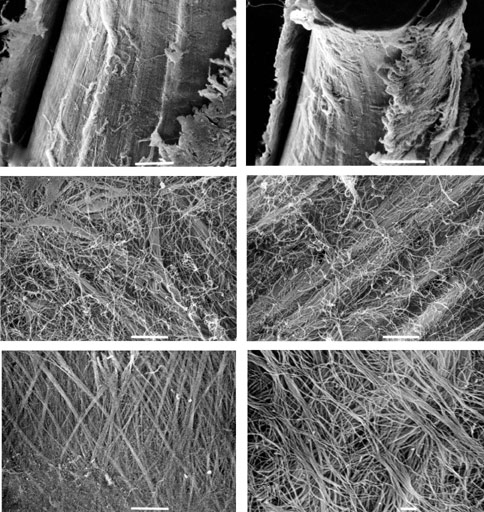 |
Collagen is the main protein of connective tissue. It has high tensile strength and is included in the tendons. Collagen is located in the skin and is responsible for skin elasticity and its reduction leads to the formation of wrinkles. In crystalline form, collagen fulfils the cornea. Collagen is a component of various cream types. Due to its function in the body, it is obvious to apply the magnetic field in the treatment of dislocations, sprains and tendon rupture. There are also available results of the magnetic field’s influence on the treatment of the eye.
It seems that the large but unused application area of magnetic field influence on the synthesis of collagen is aesthetic medicine. |
| Increased skin elasticity caused by improved quantity and quality of collagen contained in the skin, would have a major impact on the elimination of wrinkles.
Magnetotherapy – effects of the magnetic field on the collagen synthesis |
|
Magnetotherapy affects the growth of oxygen partial pressure
| The partial pressure of oxygen is a parameter that impacts how much oxygen from the inhaled air will be assimilated by the body through the exchange of air/blood in the alveoli. Growth of the oxygen partial pressure leads to an increased amount of oxygen in the blood. The oxygen absorption mechanism is subjected to a self-regulation process, like most of the mechanisms in the human body. | 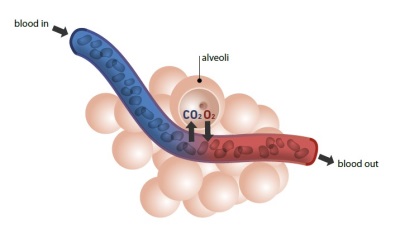 |
| It may happen that healthy people, whose body autonomous mechanisms are functioning properly, will not observe major changes. However, in the case of occurring deficiencies, this factor may be extremely significant. | |
Magnetotherapy helps to replenish calcium in bones
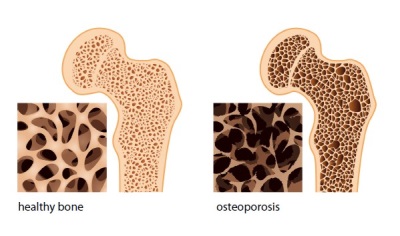 |
Osteoporosis is a disease leading to progressive loss of bone mass. Weakening of the bone spatial structure and as a result of it increased susceptibility to fractures. Osteoporosis occurs primarily in post-menopausal women. Magnetotherapy helps to supplement deficiencies. In this case, supplementation is an important element. It is recommended to consume large amounts of calcium. Magnetotherapy affects calcium metabolism in the human body. |
| There are theories that blame improperly functioning kidneys for osteoporosis, which in the wrong filtration process passes excessive amounts of calcium. Improper kidney function is associated with infectious processes with a non-bacterial background. In that context, it is essential to remove the cause, and only then you can count on the effects of supplementation and the influence of the magnetic field.
Magnetotherapy – effects of the magnetic field in the treatment of osteoporosis |
|
The magnetic field is applied in treatments of nonunion
|
Magnetotherapy is used for the treatment of nonunion. Between 5 and 10% of fractures lead to nonunion. The reasons for delayed bone union are as follows:
|
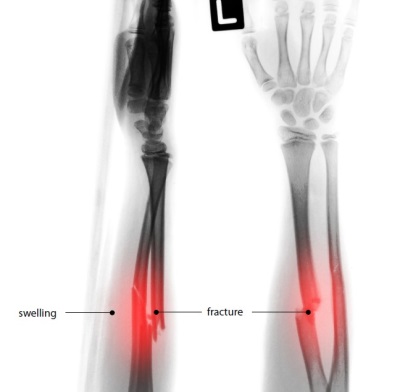 |
Nonunions may be classified according to their radiographic appearance as hypertrophic or atrophic.
|
|
Magnetotherapy affects oxygen transportation by the hemoglobin
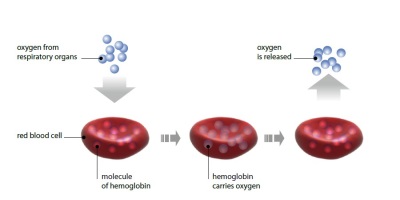 |
Hemoglobin determined as Hb or HGB is stained red protein contained in erythrocytes. Its primary function is oxygen transportation. Oxygen molecules are attached in the lungs and they are released in the tissues. Hemoglobin contains iron Fe2+, which allows for the connection of up to four oxygen molecules. Because iron is a ferromagnetic substance, an alternating magnetic field changes the way of moving hemoglobin molecules. It probably affects its responsiveness and ability to transport oxygen. |
Magnetic field stimulates the angiogenesis process
| Angiogenesis is the process of forming new capillaries. There are studies according to which, in the tissue subjected to magnetotherapy treatment. The process of new blood vessel formation is faster than in the case of processes occurring in the body in a natural, non-stimulated way. New capillaries are formed all over the place where there is a tissue which was formed as a result of trauma. This newly formed tissue must be supplied with blood to be able to live. | 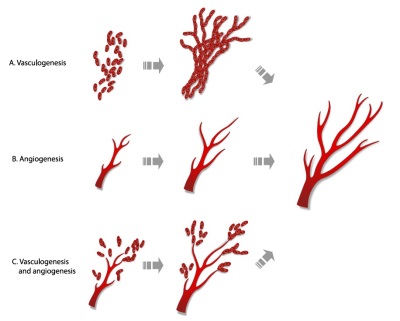 |
The magnetic field affects vasodilation
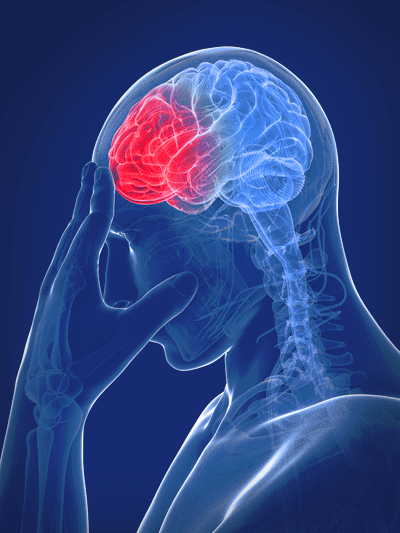 |
Vasodilatation is a dilation of blood vessels due to smooth muscle relaxation. Smooth muscles are found within the walls of blood vessels. As a result of blood vessel vasodilatation, blood flow is increased due to a decrease in vascular resistance. Therefore, this mechanism decreases blood pressure. Vascular flow issues are compound. Anyway, the impact on blood vessels is confirmed by the studies. One such study confirmed the effect of magnetotherapy on blood vessels in the application of magnetotherapy in migraine prophylaxis. The origin of migraine symptoms is not fully explored. However, according to one theory, migraine is the result of vascular disorders. |
| Magnetotherapy in the migraine prophylaxis |
